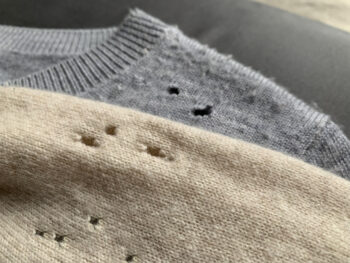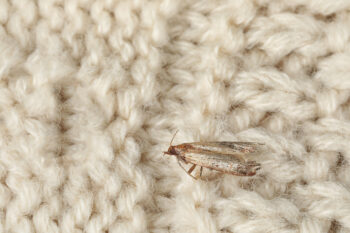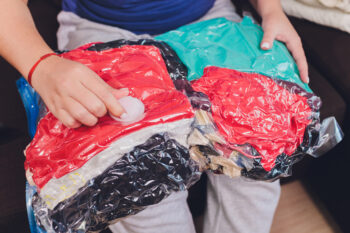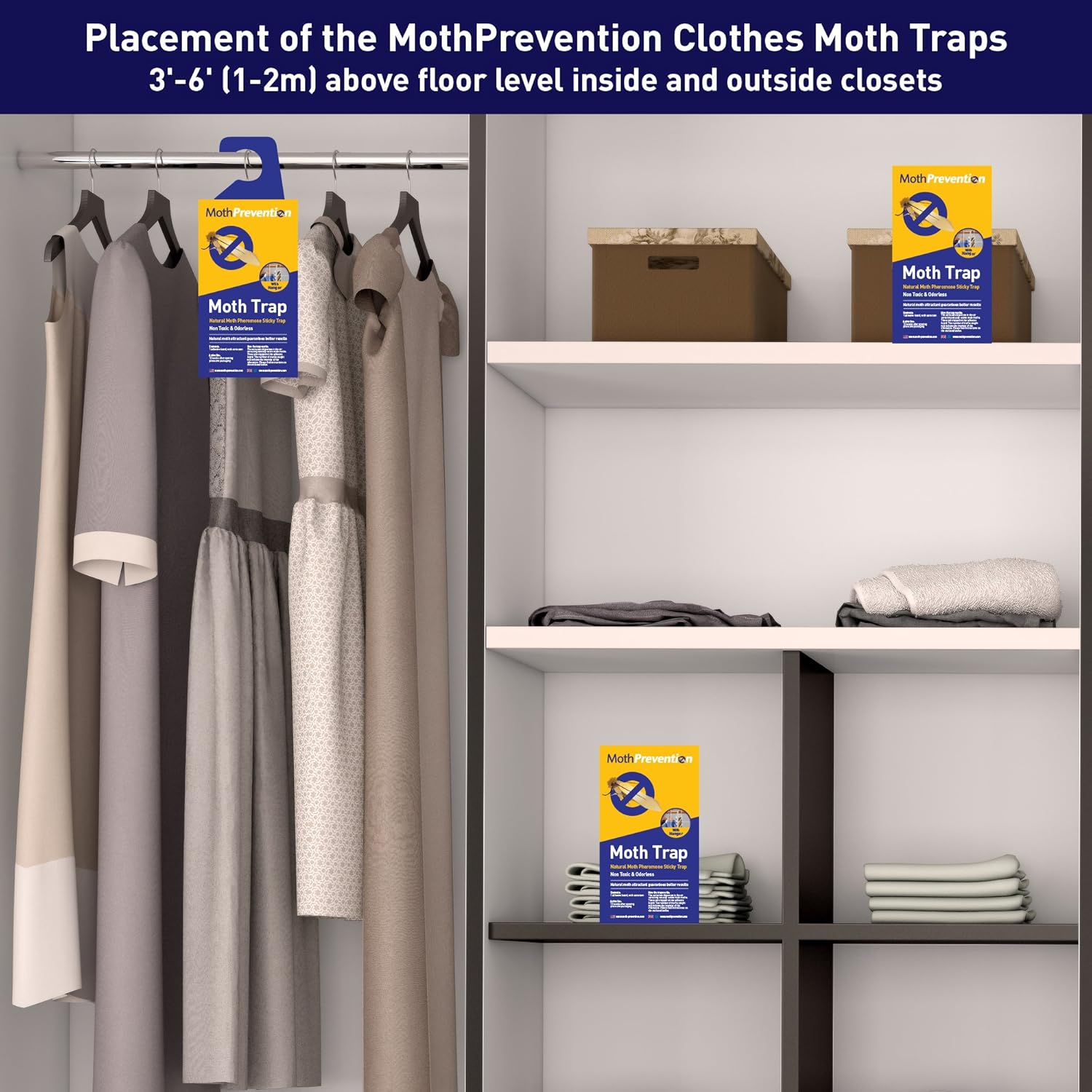Today we’re talking about pest control–namely the moths that will eat your clothes full of holes if you aren’t careful. Learn how to get rid of moths by reading the tips below.

The moths you may see flying around your home aren’t the type that eat your clothes. The type that eat your clothes, particularly wool, are very secretive. They hate light and will hide out pretty well, so you may not even see them until it’s too late. So let’s talk about the measures you can take to get rid of those pesky buggers.
How To Get Rid Of Moths

I think most everyone has heard of moth balls before, and those work, but they also stink! If you’re opposed to using chemicals in your closets, don’t despair, because there are other better and effective ways to control moths.

- Take the time to vacuum weekly, and not just the rest of your house. Vacuum your closets too, especially if they’re carpeted. Moths and their larvae won’t really eat carpet fibers, but they will hide out in them. So frequent vacuuming is one of the simplest ways to take control.
- When you do vacuum your home, vacuum thoroughly. Under furniture and in nooks and crannies are also places where moths like to hide. After vacuuming, promptly dump the contents of the vacuum canister outside.
- Before you pack away your wool sweaters for the season, make sure to have them dry cleaned. Even if you only wore them a few times, or over other clothing. The residual dirt and oils from wear do attract moths, so it’s worth doing.

- Pack those freshly cleaned clothing items in airtight containers. The lack of oxygen alone will keep the moths away.
- Instead of moth balls, which need to be highly concentrated to work {and then can also harm you}, try placing safe moth traps in your closets. They are odor-free and completely natural. They work by using pheromones to attract and then trap moths away where they can’t harm your clothes.
- Freeze your most favorite wool and cashmere sweaters yearly. Place them into sealed plastic bags and leave them in the freezer for a few days to kill any existing moths and their larvae.





Leave a Reply